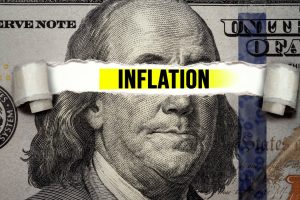Lucid Motors (NASDAQ:LCID) stock rose almost 10% over the weekend after it struck a deal to share its powertrain technology with Aston Martin (OTCMKTS:ARGGY).
Lucid gets a 3.7% stake in the British luxury automaker and payments that could reach $232 million. Aston Martin hopes to produce a battery-powered car in 2025.
Lucid opened this morning at almost $6 per share, a market capitalization of about $11 billion. Aston Martin is at about $4.15 per share. The British company has a market cap of about $3 billion.
A Fine Saudi Romance
Aston Martin has been looking for partners since 2020, when it scrapped plans to build an electric vehicle (EV). It says its agreements with Lucid will let it create a “bespoke” battery-powered electric. The company also runs McLaren, a Formula One racing group, which the Saudis see as key to their ambitions in that sport.
How Lucid got ahead of Mercedes Benz (OTCMKTS:MBGAF), Aston Martin’s former powertrain supplier, is down to the Saudi Public Investment Fund (PIF). The Saudis became the second-largest owner of Aston Martin last year, gaining one-sixth of the company and two board seats. The Saudis also hold a majority stake in Lucid and have continued to back it.
A second story, which may explain Lucid’s announcement of a move into China, is that Geely (OTCMKTS:GELYF), a Chinese EV maker that also owns Volvo (OTCMKTS:VLVLY) and Polestar (NASDAQ:PSNY), recently doubled its Aston Martin stake to 17%.
The Saudis appear to be making Lucid the centerpiece of their EV strategy. Aston Martin was being pressed for lacking such a strategy, and attaching it to Lucid makes sense. Aston Martin will retain its connection to Mercedes, which holds a stake of nearly 10%.
LCID Stock: What Happens Now?
This deal is more important for Aston Martin than Lucid, but the American company is now seen as a key supplier for Saudi Arabia’s EV ambitions.
As of this writing, Dana Blankenhorn did not hold (either directly or indirectly) any positions in the securities mentioned in this article. The opinions expressed in this article are those of the writer, subject to the InvestorPlace.com Publishing Guidelines.




